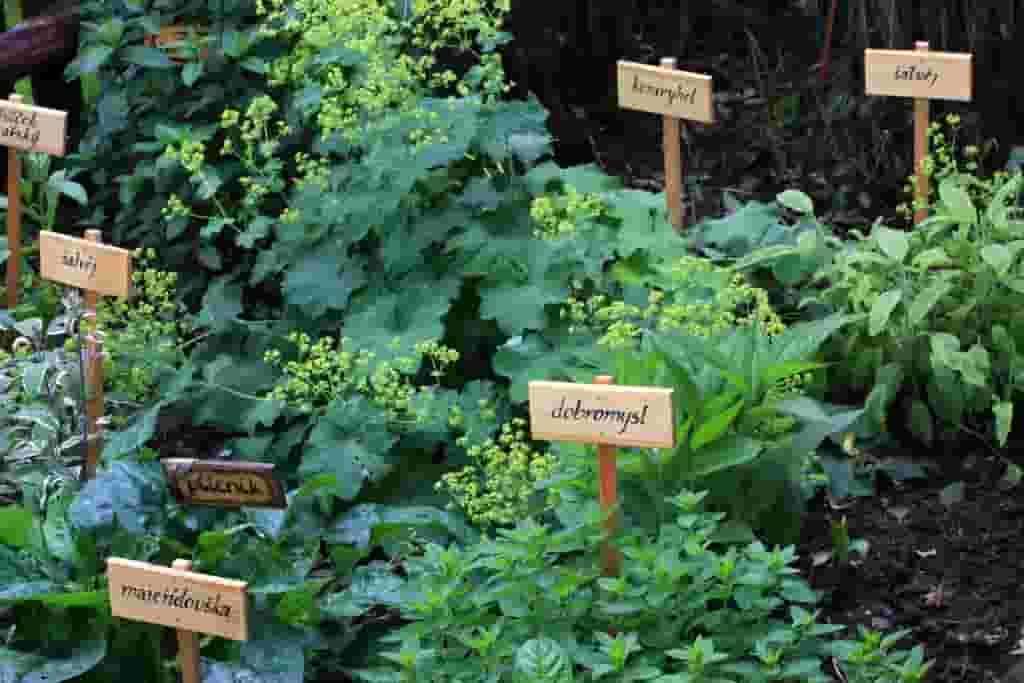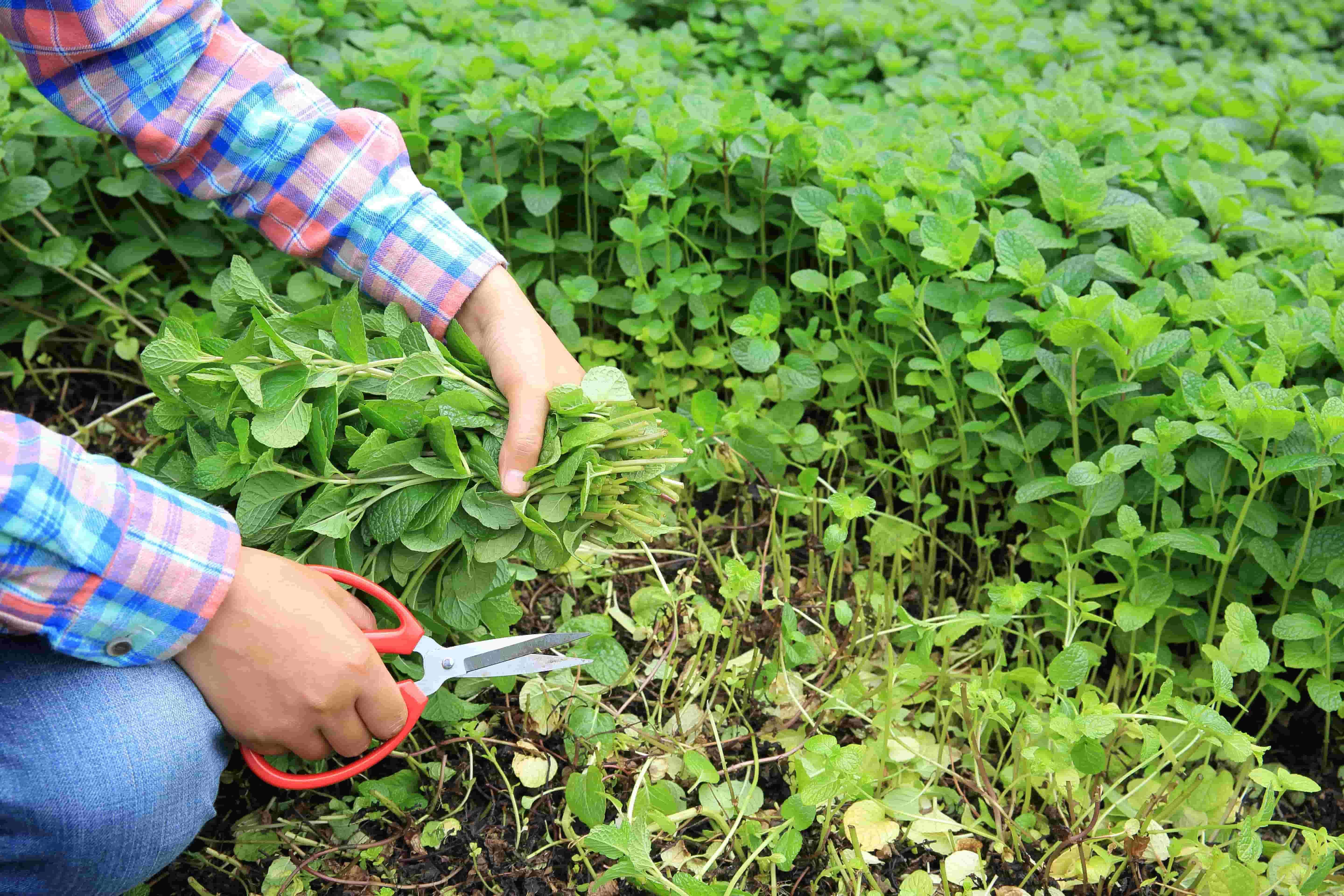Growing Herbs
Learn How to Grow and Care for Herb Plants

Growing herbs is any easy way to spice up your meals! With so many choices of herbs to grow, it’s only a matter of which ones to choose. Many small scale farmers prefer to grow annual varieties of herbs (herbs that live and die in the same growing season) – this allows the farmer to practice crop rotation for quality soil management and variety selection based on consumer demand.
Let’s look at some of the herbs that are popular with farmers and home gardeners alike.
Annual and Biennial Herbs

Annual herbs are plants that will grow from seed to flower to seed in a single growing season, but will not survive over winter and would need to be replanted every season. Biennials are similar to annuals, but in this case the plant takes two years of growing seasons to complete its lifecycle from seed to flower to seed. Some great examples of annual and biennial herbs include: Basil, Dill, Chervil, Borage, Lemon Grass, Parsley, Chamomile, Sweet Mace (Mexican Marigold), Rocket, Purslane, Summer Savory, Marjoram, and Coriander.
Growing Annual and Biennial Herbs
Now that you’ve chosen your annual or biennial herbs to grow, the next step is deciding whether to start your herbs from seed or purchase existing plants for transplant. Most annual and biennial herbs need to be grown in an area with lots of sun and well-drained soil. Most herbs thrive in soil that is on the alkaline side of the ph scale, although many will also do well in slightly acidic soil. If your soil is too acidic, add some lime to your soil mixture to bring up the soil alkalinity. Also, adding some organic matter into the soil is ideal for fertilization purposes, including well-rotted manure and compost - including green waste. The important thing to keep in mind when planting herbs is to ensure the soil has good drainage properties, otherwise, the roots may rot and leave you with a less-than-desirable crop.
If starting your annual or biennial herbs from seed, you may choose to sow the seeds directly into the ground or start indoors about 4 weeks prior to planting (never plant seeds or seedlings until the threat of spring frost has passed). Some herbs will spread out as they grow, so keep this in mind when dedicating space for them. When starting from seed, loosen the soil and insert the seed approximately one inch below the surface, cover and water. When planting pre-existing plants (transplants), use a trowel or small shovel to make a hole in the soil big enough to accommodate the entire root system. Plant in intervals in order to have a constant supply of fresh herbs available through the growing season (three to four weeks apart is recommended)
Water! Now that your seeds or transplants have been placed in their new home, keep the soil from drying out, but use caution not to over water, especially if you are still have issues with soil drainage. It’s okay to treat your new plants to some root stimulator to help ensure good root development.
Growing Perennial Herbs
Perennial herbs are great for small scale farmers who know what they like and plan to stick with it over a longer period of time. Some examples of perennial herbs include: Oregano, Thyme, Mint, Rosemary, Sage, Chives, Sorrel, Fennel, Comfrey, Hyssop, Russian Tarragon, Lemon Balm, Horseradish, Lovage, and Meadowsweet. Much like annuals and biennials, perennial herbs need to be planted in a sunny area with good soil drainage. Soil preparation is the same for planting annuals and biennials, but since perennials will come back every year, you will need to add fertilizer to the soil every year to keep it stocked with nutrients for the growing plants.
Once you have your plants in the ground, it’s time to water. Be sure to not over water if you are having soil drainage issues, but keep plants from drying out as they will quickly wilt. The ideal is moist soil. Also, when watering, try to water as close to the ground as possible - avoiding pouring water directly onto of the leaves, this will help prevent certain leaf ailments from developing.
Picking and Cutting Herbs

When your herb plants have developed into adulthood, they are ready to enjoy! When picking or cutting herbs, be sure to leave some of the plant leaves intact as they may continue to grow and produce more in a single growing season. Cut leaves like Basil from the leaf stem close to the stock, or herbs like thyme from the top down. The only thing left to do now is eat!